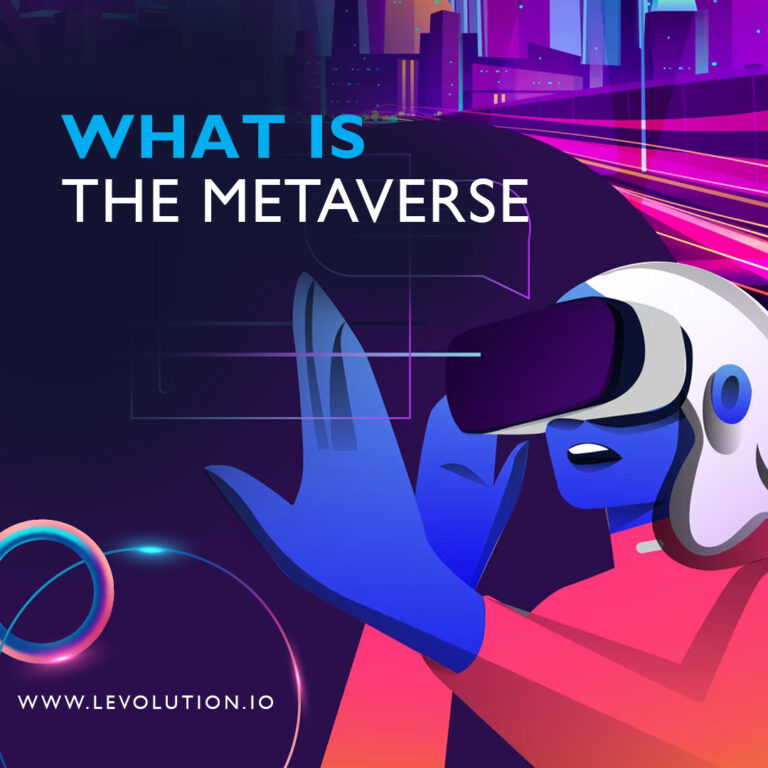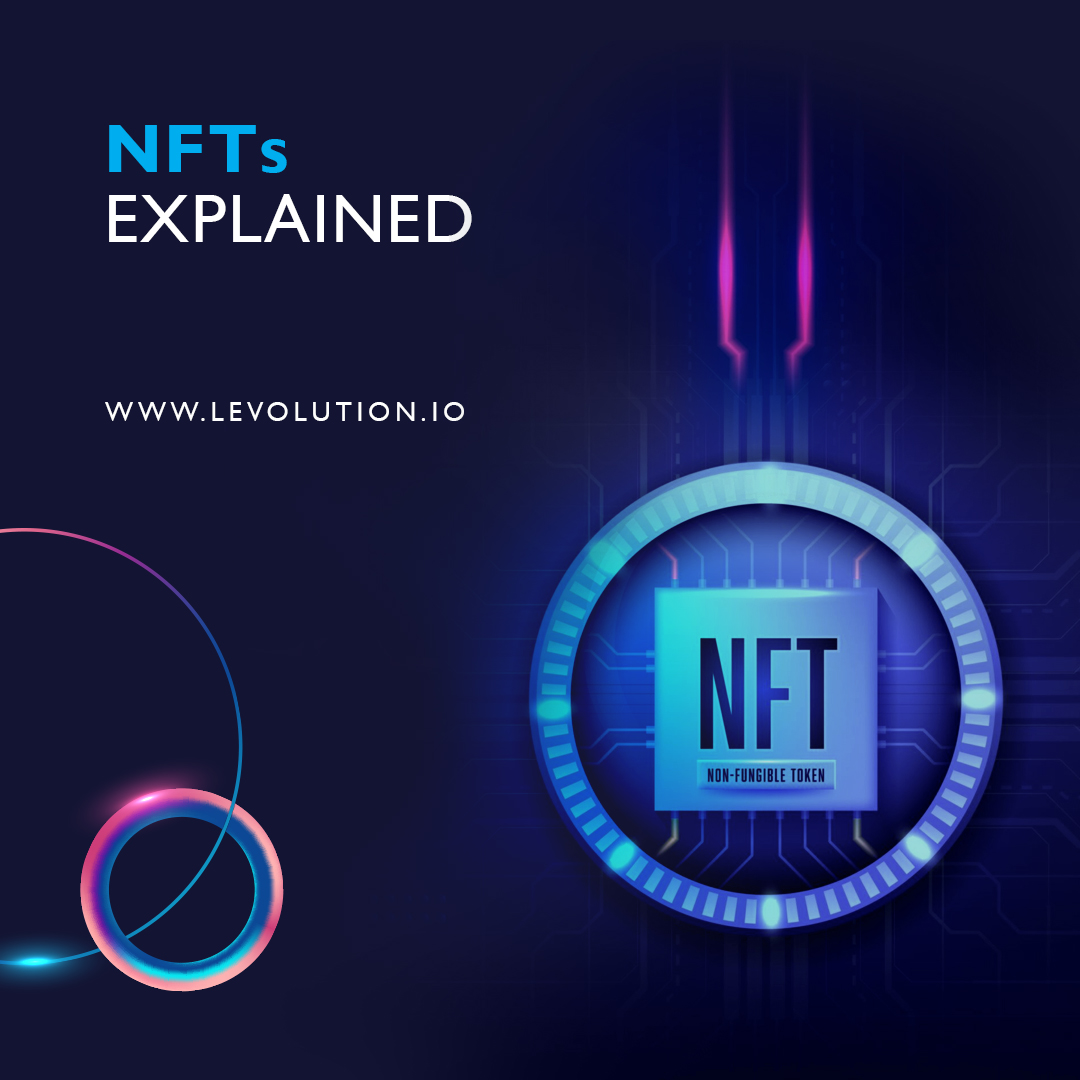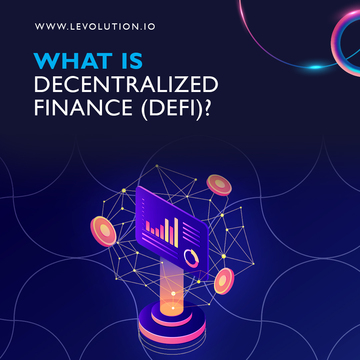Cryptocurrency Mining Explained
• Cryptocurrency mining is the main way through which nodes mint cryptocurrencies on blockchains
• They receive a reward for verifying the authenticity of transactions in each block
• Once the block is added to the blockchain and finalized, they get a reward for solving the hashing puzzle
• GPUs are a requirement when it comes to Proof-of-Work (PoW) mining due to their power potential
Cryptocurrency mining has been one of the main ways through which transactions get confirmed on Proof-of-Work (PoW) blockchains such as Bitcoin’s blockchain. Here, miners or nodes contribute computing power towards solving complex cryptographic puzzles, that once solved, reward the miners with the BTC cryptocurrency token.
If you have been interested in the world of cryptocurrencies, the chances are high that you have been hearing the word “mining” or “miners” all over the place. Miners play an essential role in the security and maintenance of a blockchain network that uses the Proof-of-Work (PoW) consensus algorithm.
Cryptocurrency mining has been one of the main ways through which transactions get confirmed on Proof-of-Work (PoW) blockchains such as Bitcoin’s blockchain. Here, miners or nodes contribute computing power towards solving complex cryptographic puzzles, which once solved, reward the miners with the BTC cryptocurrency token.
This is one of the main reasons why there is such a high demand for GPUs, while the supply remains limited. Mining is a popular topic across many forums, and if you’re interested in cryptocurrencies, the chances are high that at one point in time you have wondered how all of this works.
Let’s take a trip through the world of the blockchain and cryptocurrencies and see exactly what mining is, and how it works.
What is Cryptocurrency Mining?
You can think of the blockchain as this collection of different blocks, all of which are chained to one another. Computers essentially run this blockchain, and all of them have the same list of blocks as well as transactions which means that they can see all new blocks that are added throughout every transaction.
Given the fact that Bitcoin is the largest cryptocurrency running such a blockchain, we’ll be using it as an example. There are other cryptocurrencies out there, some of which run their native blockchains and have faster transaction times or even bigger block sizes, so this might differ in some aspects, but ultimately it’s similar.
A transaction happens when a cryptocurrency ends up getting transferred from one wallet, or more specifically, public address to another. This gets included on the blockchain and logged.
All of these transactions are then broadcasted to the network itself, and will typically end up getting confirmed within just 10 minutes when we consider Bitcoin’s blockchain. This is done through the process of cryptocurrency mining.
Cryptocurrency mining can be defined as a method where miners can collect cryptocurrency through having the physical hardware and raw power capabilities of that hardware to verify nodes on the blockchain.
These nodes can be individual people or groups of people. What these machines are essentially doing is validating the transactions that occur on the blockchain network, where they then add them to a distributed ledger and introduce newly minted coins into the network’s circulation.
When a transaction happens, it needs to be verified for legitimacy, and as such, miners need to solve a complex cryptographic puzzle. To do so, they employ hardware, such as graphics processing units (GPUs) to do so. By solving the cryptographic puzzle, they get rewarded with BTC.
What is Proof-of-Work (PoW)?
Proof-of-Work (PoW) is the consensus algorithm that secures many cryptocurrencies, such as Bitcoin. Many digital currencies have a central entity that keeps track of every user and how much they have. However, when we look at cryptocurrencies, this is not the case; and as such it requires PoW to make the online currency work without relying on a centralized authority.
Through PoW, Bitcoin as well as other cryptocurrency transactions can be processed peer-to-peer in a secure way without the dependency of any third party involvement.
Proof-of-Work (PoW) solves what is known as the “double spending problem”.
If a user can double-spend their coins, this can inflate the overall supply and make the currency unpredictable, and reduce all of its value. This is an issue for online transactions because digital actions are easily replicated. PoW makes doubling digital money difficult.
In the case of Bitcoin, PoW facilitates the addition of new blocks to the blockchain.
Graphics Processing Units (GPUs) and Their Part
One of the most common terms you’ll hear in the mining community is “GPU mining”. GPU mining is the process where people create mining systems based on graphics processing units (GPUs) chained on a rack, that is used to solve the complex cryptographic puzzle, which verifies the electronic transactions.
Aside from GPUs, cryptocurrencies can be mined with application-specific integrated circuits known as ASIC, which is a central processing unit or CPU, however, the most popular method of doing so is through the usage of GPUs.
Once a miner confirms each data block, the data block gets recorded on the blockchain, and the mining process is complete for that specific block. The miners are then rewarded for this service with the native cryptocurrency token on the blockchain. For example, for Bitcoin, the token they would get is BTC.
What miners do is verify the legitimacy of the blockchain transaction and prevent the aforementioned double-spending problem.
As we dive deeper into this, miners check the transaction and ensure that each user has not illegitimately tried to spend BTC they have already previously spent.
This is done by verifying the 1 MB block of data through the usage of GPUs. The block itself is formed and added to the blockchain. However, until it gets fully confirmed by the miner, the miner cannot get BTC.
This 1 MB limit was set by the creator of Bitcoin ‘Satoshi Nakamoto’ and this limit differs throughout other blockchains; and even Bitcoin itself had a fork known as Bitcoin Classic, which increased the block size to 2 MB. Moving along, only once this 1 MB block is processed, the miner is eligible to get rewarded in BTC. This unfortunately means that not every miner that attempts this method can get paid out.
Mining relates to the utilization of the processing abilities of the hardware the miner pushes out, in this case, this is the GPU or set of GPUs to solve the hashing blocks and validate the transactions on the blockchain itself.
The blockchain is a public ledger that stores all of the information about each of the transactions. Once the miner begins their process, the hardware used for mining has all of the information from the network.
Then, the miner performs the processes on this network, and the GPU starts putting its computing power to work.
After multiple blocks are completed, this becomes a retired record of transactions that resemble a chain of blocks in a digital form. These provide an authenticity that the transaction occurred, and as such the double-spending problem is solved.
Rewarding Miners
As you are aware by now, the mining process needs to reward miners. It is used as a method through which new digital currencies are dispensed into the network, where miners get compensated for any transaction fees which occur as well as the bonus for the created coins through the process of validating each of the new hashed blocks which are added on the chain.
This in turn allows for the distribution of new coins through decentralized methods and motivates miners to provide security to the network because they can achieve these rewards.
However, the more users that start to join the network this way, the rate at which the block generation occurs increases, and over time this can expand and become difficult to counterbalance, which pushes the rate of block production down.
This is where network difficulty enters the picture.
The mining network difficulty is measured by how difficult it is to solve the cryptographic puzzles to generate a new block. This difficulty then re-adjusts itself after several blocks have been mined, and this can vary depending on the blockchain. Simply put, it gets a lot more difficult to mine Bitcoin, the more BTC that ends up getting mined.
Mining Algorithms
Discussing mining further, as mentioned, these GPUs, or CPUs, or whatever the mines tend to use for their mining process, need to solve algorithms. One of the most common ones used is the SHA-256 algorithm. The computer takes an SHA-256 algorithm and turns it into an output, which is a 256-bit number.
Hash functions have power such as this one because they are only one-way functions, which means that anyone can use the hash function to produce an output when they are given an input.
However, it is impossible to use the output of the hash to figure out what the input was, and this future is why it is used on blockchain networks such as Bitcoin’s.
On Bitcoin’s blockchain, it’s used for mining as well as for the creation of different Bitcoin addresses. The mining process is the way through which new coins end up getting created, and the means through which the blockchain is secured.
The 1 MB blocks that were previously mentioned include a total of 6 parameters, all of which need to be filled by the miner, and these are the version, the previous block hash, the Merkle root, the timestamp, the target, and the nonce.
Throughout the Bitcoin address creation process, a private key is randomly selected through a number which is multiplied using an elliptic curve to produce a public key, and this key is then put through the SHA-256 and RIPEMD160 hashing algorithms.
The result is a public key that is 256 bits long, and a Bitcoin address that is 160 bits long.
Note that other blockchains have specific algorithms that they use. For example, there’s the Scrypt Algorithm, which is used by Litecoin (LTC) and is an alternative to SHA-256 which is less resource-intensive. This is because it can be solved a lot more quickly.
You see, the hash rate is measured in kilohashes (KH/S). It runs on password-based key functions which were created for the Tarsnap online backup service originally.
It creates pseudo-random numbers which are stored in RAM locations and this makes it impossible for the network to be attacked by hardware. You also have the X11 algorithm that is an efficient one for GPUs because the GPU can run at 30% less wattage usage to mine it. It is measured in mega hashes (MH/s) and can be found in cryptocurrency networks such as Dash (DASH).
A Step-By-Step Look at Cryptocurrency Mining
To make things a bit easier to understand, we’ll look at a step-by-step method through which cryptocurrency mining works.
- Nodes need to verify that the transactions are indeed legitimate and prevent double-spending.
- Separate transactions are added to a list of other transactions, which form a block, one which is limited in terms of how big it can be and how much capacity it has.
- A hash or other type of data is added to the unconfirmed block, and once enough transactions are added, additional info is then implemented including the header data and the hash from the previous block, alongside the hash for this new block.
- Miners verify the block’s hash, ensuring that it is legitimate, a process that takes 10 minutes on the Bitcoin blockchain.
- Once the block Is confirmed, it gets published on the blockchain.
- Once the block is published on the blockchain, the miner is then rewarded in the native cryptocurrency token of the blockchain, in the case of Bitcoin, it is BTC.
Conclusion
Cryptocurrency mining is a complex process that involves miners solving robust, ever-increasing in difficult cryptographic puzzles to validate transactions and generate new blocks on the blockchain. They are doing the work which is required for the blockchain to function and remain valid.
All of this is resource-intensive, and Proof-of-Work (PoW) is known for requiring a lot of energy to mine, which is why you might find that some cryptocurrency networks or blockchains use other consensus mechanisms such as Proof-of-Stake (PoS).
That being the case, hopefully, now you have a deeper understanding of how cryptocurrency mining works.
- 22 min
- Beginner
- 18.06.2021
- #Blockchain
- #Trading



